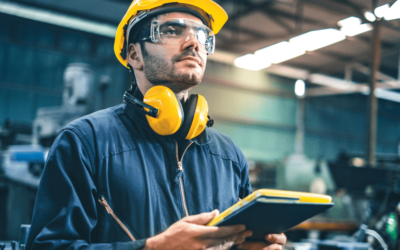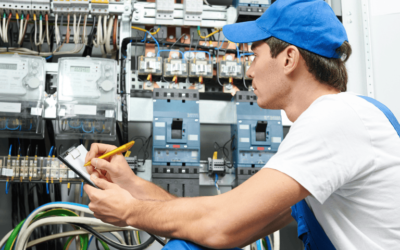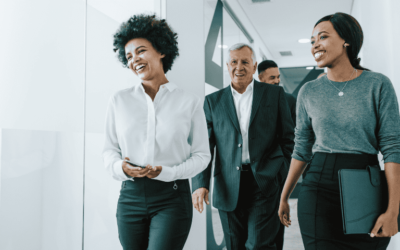In a landmark move aimed at enhancing energy efficiency and reducing environmental impact, the Biden administration has officially implemented a ban on the sale of most incandescent light bulbs. This decision marks the end of an era for the classic, hot-air-balloon-shaped bulbs that have illuminated homes and businesses for over a century. The incandescent bulb ban, long in the making under the 2007 Energy Independence and Security Act, paves the way for the widespread adoption of LED lighting, which offers superior efficiency and longevity.
Consumers are gravitating towards a new popular choice, light-emitting diodes, or LEDs. During the last ten years, experts in various fields have refined LEDs to perform all the functions of incandescent bulbs, but with significantly lower energy consumption. An LED bulb offers the same level of brightness as an incandescent bulb while utilizing 90% less power and boasting a lifespan that is 25 times longer. The 2014 Nobel Prize in Physics was awarded to the scientists who invented the blue LED, further cementing its place in lighting history.
Beyond simply replacing incandescent bulbs, LED technology introduces a range of innovative capabilities that could transform our interaction with light. LEDs are not only inherently dimmable but can also be seamlessly integrated into surfaces, allowing walls and ceilings to become sources of illumination. Additionally, their already low power consumption has the potential to decrease even further. One of the most significant features of LEDs is their tunability in terms of both brightness and color. By fine-tuning the quality and direction of light, rather than relying on broad, indiscriminate illumination, we can enhance safety, productivity, comfort, and overall health. This heightened control over lighting may become the most significant advantage of LEDs. They deliver superior light quality at a lower energy cost and offer the potential to reclaim the natural darkness diminished by excessive artificial lighting.
Incandescent bulbs and LED bulbs differ significantly in their technology and efficiency. Incandescent bulbs generate light when electricity passes through the filament, which then heats up and glows. This process is highly energy-inefficient, as about 90% of the energy is wasted as heat. In contrast, LEDs (light-emitting diodes) produce light through the movement of electrons in a semiconductor material, which emits light when an electric current passes through it. LEDs are vastly more energy-efficient, using about 90% less electricity than incandescent bulbs, and they also have a much longer lifespan, often lasting 25 times longer. Additionally, LEDs offer advanced features such as dimmability, color tuning, and the ability to integrate into various surfaces, making them a versatile and sustainable lighting choice. Incandescent lighting was chosen due to their lower cost compared to an LED, however, since LEDs have a longer lifespan and conserve more energy they can help save more money in the long term.
As the incandescent bulb ban takes effect, LEDs are poised to dominate the lighting market, offering a brighter, more energy-efficient future. This transition not only signifies a technological leap but also a cultural shift towards more sustainable living practices. With their tunable light and color, dimmability, and integration capabilities, LEDs are set to revolutionize our approach to lighting, enhancing our daily lives while reducing our environmental footprint.
Click here to read the full article originally published April 14, 2023, by Vox.






































0 Comments